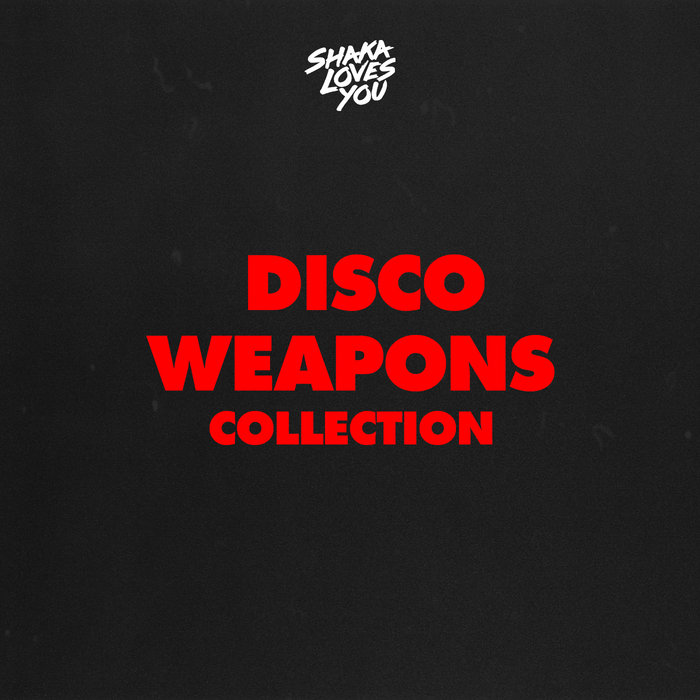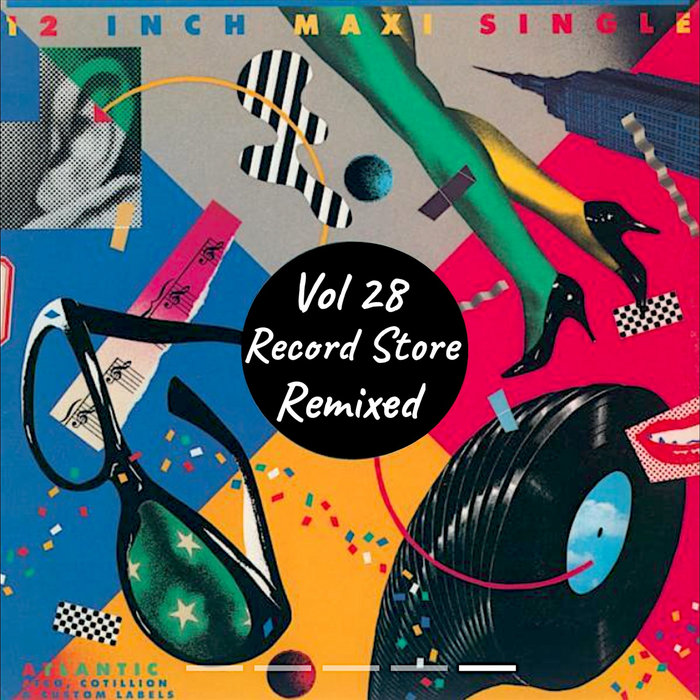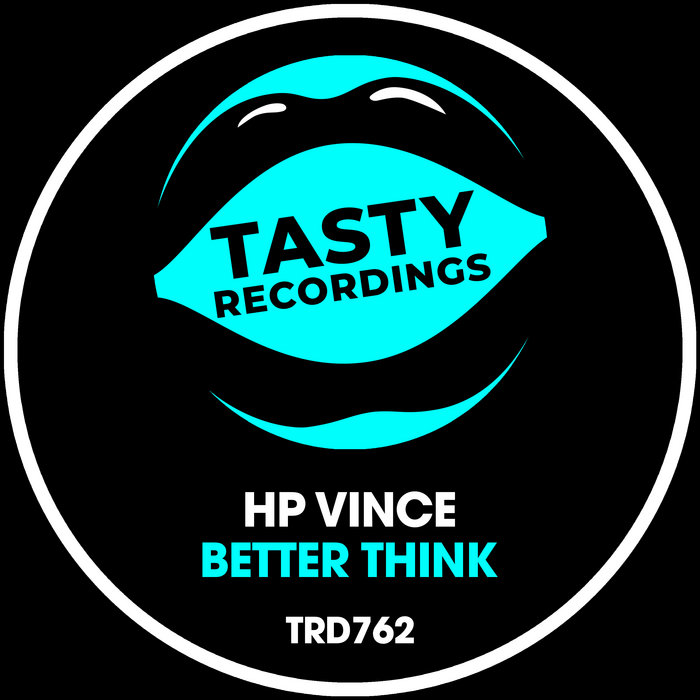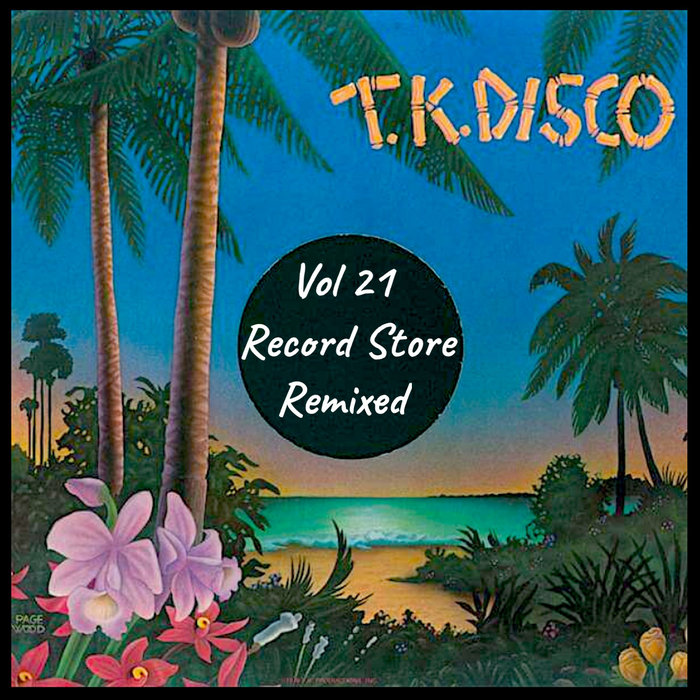
Maurice Mander – Pickem Up & Puttem Down (SLY Rework) – Shaka Loves You
this blog is GROOVY – check out great Soul, Funk, Jazz, Hip Hop, Bass, Breaks , Reggae, House n many more TUNES
Ah, disco! Remember those glittering dance floors, the dazzling lights, and the infectious beats that made you wanna groove? Well, let’s turn back time and slip on some shiny platform shoes as we dive into the vibrant world of disco rework. This music genre not only revived a beloved sound but also infused it with fresh energy for both old-school lovers and new listeners alike.
Disco erupted onto the scene in the early 1970s. It was born from a blend of funk, soul, pop, and even elements of rock. Nightclubs like Studio 54 in New York City became epicenters where DJs ruled the decks. Tracks by legends such as Donna Summer (“Hot Stuff”), Bee Gees (“Stayin’ Alive”), and Chic (“Le Freak”) sent people flying across dance floors like confetti!
Did you know that when “Stayin’ Alive” hit No. 1 on Billboard charts in 1977, it took over from “How Deep Is Your Love,” which was also by Bee Gees?! Talk about an intergalactic takeover!
By the end of the ’70s though… uh-oh! The disco ball started losing its luster. Critics labeled disco as shallow—like a kiddie pool at summer camp—and audiences began drifting toward punk and new wave sounds instead.
But here’s where things get funky again!
Flash forward to the late ’90s; artists discovered something magical about pulling out classic disco tracks for remixing or “reworking.” They dusted off records and gave them a modern twist while keeping those groovy vibes alive.
Ever heard of DJ Sneak? He famously said he didn’t play any records made after 1989 because anything past that is just “no good.” Lo-and-behold—he ends up remixing Madonna’s “Like a Prayer”! So much for rules!
With this new wave came skilled producers who took legendary hits—often sampling snippets to create their own fresh tunes or lavishly lengthened renditions perfect for today’s clubs. Artists like Daft Punk stepped up with their album Random Access Memories, celebrating disco-sonic roots while bringing together electronic beats fused with live instrumentation.
Even Calvin Harris hopped on board with his electrifying remixes that kept partygoers dancing till dawn! Producers have resurrected classics providing blissful euphorias through various genres ranging from deep house to nu-disco—a wink back at our cherished ’70s rhythms!
That incredible bass line in Daft Punk’s “Get Lucky”? It’s played by none other than Nile Rodgers himself—the same guy behind so many iconic CHIC tracks (yes, we see what you did there)! Talk about winning life’s musical lottery!
One reason why disco reworks have flourished is community spirit all around techno-folk festivals and online platforms allowing everyone easy access to share tracks via SoundCloud or Bandcamp. Everyone can be part of this funky revolution now! Who knows—you might find yourself producing your very own rework next weekend… maybe grab some glimmer glam while you’re at it?
Throughout every beat drop and synth rise lies this undeniable unity through rhythm—the notion that anyone can pick up tools to transform melodies into something brand spankin’ new has never been more accessible…
So whether you’re boogying down on old-school vinyl or tweaking beats from your laptop sprinkled with nostalgia—disco remains alive & kicking thanks partly due to tenacious fans who embrace funkiness each day!
In conclusion friends—there’s no denying how creatively rich—and funny—the history behind disco reworks shows us just makes life vibey enough worth living these days! From cheeky samples topped off by lethal grooves making us dance away sorrows till sunrise means let loose & enjoy ride wherever may lead…
We’ve circled around—from blazing lights spinning tales filled laughter fostered within rooms echoing diverse sounds spreading joy far beyond every corner globally known… Be sure keep strutting under sparkling stars coz remember:
It’s not just music; it’s a state of mind baby!!
Keep groovin’ everyone!!! 🌟🪩

Maurice Mander – Pickem Up & Puttem Down (SLY Rework) – Shaka Loves You

Herbie Mann – Stomp your feet (SLY Rework) – Shaka Loves You

The Doobie Brothers – Long Train Runnin' – Re-MiX – Record Store Remixed

Better Think – HP Vince

Diana Ross – Love Hangover – Re-mix – Record Store Remixed